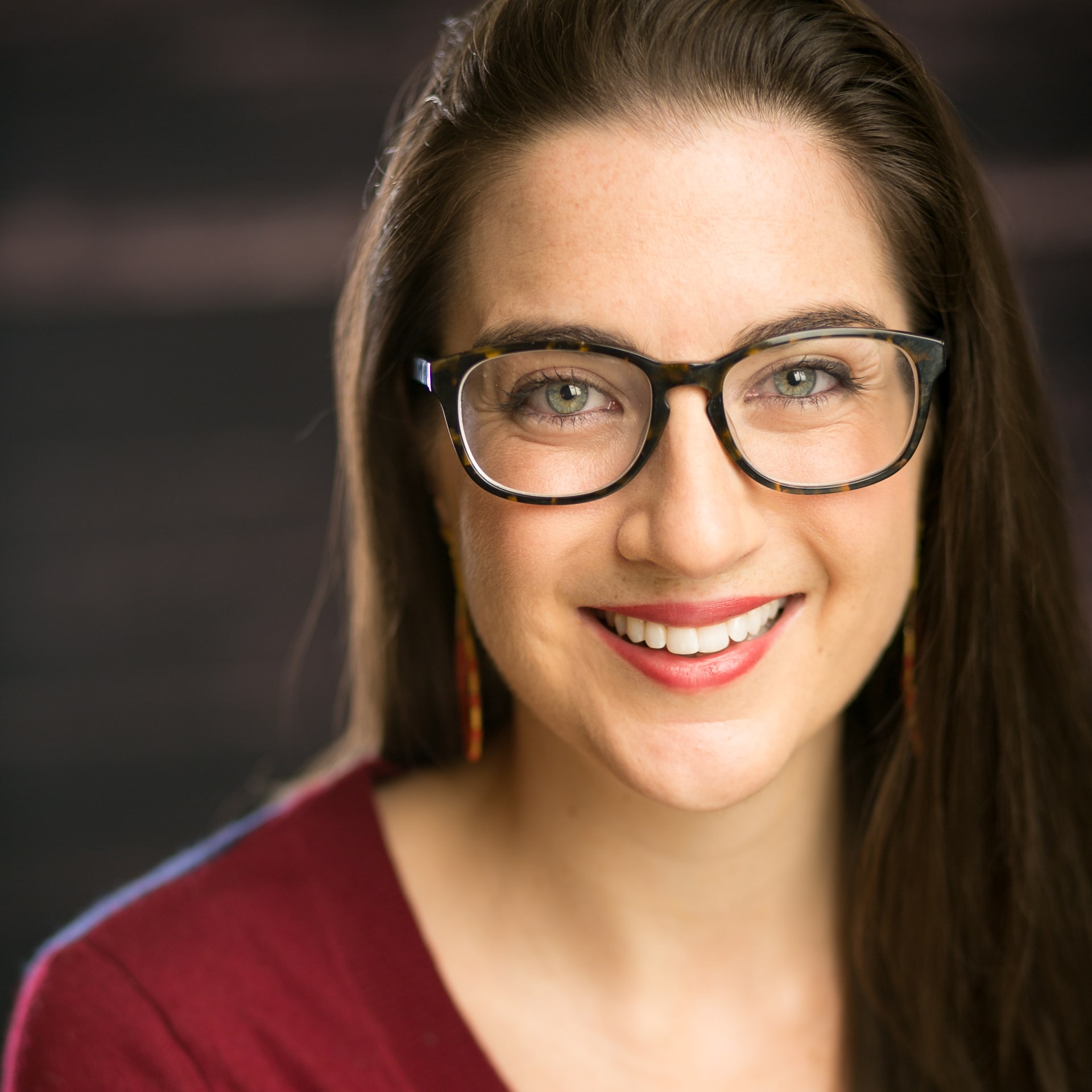Often when we speak with K–12 educators about blended learning, teachers and leaders working in high-poverty neighborhoods want to know: does blended learning work for low-income students? Data so far suggests that the answer is yes, it can. But it’s a crucial question that the field needs to keep pushing, the answer to which should not cause us to ignore or abandon non-academic supports that are equally crucial to helping low-income students achieve their potential.
Last September, the Christensen Institute and the Evergreen Education Group published Proof Points, a compilation of 12 case studies of school districts around the country that have experienced improved student outcomes since implementing blended learning. The case studies demonstrate blended learning’s transformative power in high-poverty areas. Among the districts featured in these proof points, three-quarters serve communities where over 50 percent of students qualify for free and reduced-price lunch. Many are using blended learning to accelerate students on the wrong side of the achievement gap. For example, Spokane Public Schools created the Individual Credit Advancement Now (ICAN), a blended credit recovery program that has seen a promising 87 percent completion rate. Spokane also launched On Track Academy, a blended alternative school for students who have fallen behind in credit accumulation. Since implementing these two blended, intervention programs in 2008, Spokane’s graduation rates have risen an impressive 23 percent.
DC Public Schools (DCPS) has likewise seen blended learning move the needle among its students, 75 percent of whom qualify for free and reduced-price lunch. The district has deployed a variety of blended-learning models: elementary schools use the Station Rotation model, middle schools use the Individual Rotation model, and high schools use the Enriched Virtual model for credit recovery. These blended-learning programs are seeing significant results: blended-learning math students outperform students in traditional math classes across the district. And in reading, blended-learning students show the greatest improvement rates. In addition, since adopting blended learning, the district has watched attendance rise 3 percent and truancy decline by an impressive 10 percent. As the system adds more blended classes across a larger swath of schools, DCPS leaders are betting that these trends will only accelerate.
Crucially, these trend lines should leave those of us interested in leveraging blended learning to close gaps optimistic, but not complacent. DCPS, like many large urban districts, still has room to grow. Graduation rates, in fact, still languish below 60 percent. Although blended learning is proving itself to be at least one valuable mechanism for enhancing student achievement, other critical school reforms could help narrow the achievement gap in high-poverty districts.
As my co-author Michael Horn and I described in “The Educator’s Dilemma,” published last summer, how districts can better meet the learning needs of children living in poverty by purposefully redesigning their school infrastructure and even retooling the role of school in students’ lives. To target the effects of poverty, many schools are in fact looking to integrate backward into non-academic realms to offer new services such as health care, life skills instruction, service learning, after-school mentoring, and family engagement. These wraparound services, balanced with a school culture dedicated to bolstering academic outcomes, have demonstrated the potential to neutralize most—if not all—of the factors corroding low-income students’ graduation rates and academic outcomes.
How does this relate to blended learning? On the one hand it doesn’t. Even the most sophisticated technology-enabled differentiated academic supports may not manage to cancel out the effects that poverty has on a student’s health and well-being. That said, combining the early results of both blended instructional models and non-academic supports could prove a potent driver of low-income student success. Indeed, over time, as schools shift portions of traditional teacher-led instruction online, blended learning should start to free up adults in the building to provide additional non-academic—and crucial—supports. In other words, as learning environments themselves become more flexible, “school” may step in to other parts of students lives that stand to expand access to new supports and opportunities. Blended learning can help schools start to shift their instructional models not only in service of new academic experiences, but also to free up schools to tackle these other supports shown to mitigate gaps in learning.
In other words, blended learning is a new—and powerful—tool in our toolkit that systems like Spokane and DCPS are using to foster better academic outcomes among low-income students. Beyond instructional breakthroughs, however, these models may also stand, over time, to unlock time and money for additional non-academic supports that are likewise important ingredients to closing persistent gaps.


